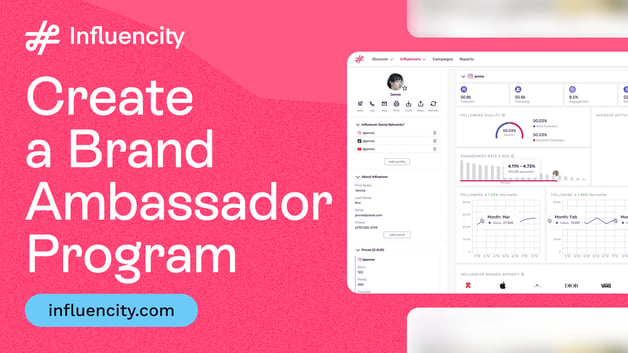How to Calculate Engagement Rate and Use It To Optimize Your Campaigns
Without engagement, you are unlikely to generate any results from your influencer campaigns. But before you can optimize your campaigns to boost engagement, you need to understand how to calculate engagement rates. Otherwise, you have no benchmark to work towards and no way to measure the impact of your optimization strategies.
This post is a comprehensive guide to engagement. We will explain why it’s so important, how to calculate engagement rates, and how you can boost engagement in order to optimize your influencer marketing campaigns and maximize ROI.
Why Is Engagement Rate So Important?
Your engagement rate reflects the number of interactions your content is eliciting from your target audience. The more engaged online users are, the more likely they are to buy into your brand and convert into paying customers.
Engagement also has a direct impact on your reach as each time someone likes, comments, or shares one of your posts, your content gets displayed to their connections, so you are able to communicate to an even larger audience.
Ultimately, the higher your engagement is, the more likely that your audience cares about what you are posting on social media. Plus, if they care enough to take an interest and react, then it is much easier to elicit an emotional response from them and increase brand trust and credibility in their eyes.
The same applies when you work with an influencer. An influencer’s engagement rate is far more important than the size of their audience. After all, there’s no point in collaborating with someone with 500,000 followers if their audience doesn’t interact with their posts. That’s why it’s so important to understand how to calculate engagement rates, both your own and those of influencers that you are considering collaborating with. With the right approach, you can then leverage this data to optimize your campaigns.
How to Calculate Engagement Rate
Before we explore how you can leverage this data to optimize your campaigns, let’s take a quick look at how to calculate engagement rates in influencer marketing.
Engagement can mean a few things.
However, generally speaking, when we speak about engagement we are referring to the following interactions:
- Likes
- Reactions
- Shares
- Comments
- Clicks
- Votes
- Brand mentions
There are a couple of ways to calculate engagement, depending on what your primary focus is with your campaigns.
Some people divide the number of interactions on a post by the total number of impressions (reach):
Engagement by reach = total number of engagements per post / reach per post * 100
For example, if a post receives 200 interactions and has a reach of 1,000 people, the Engagement by Reach is (200/1000)*100 = 20%. This high percentage indicates that the content is engaging to a significant portion of the audience.
Others prefer to calculate the average engagement reach for multiple posts:
Average engagement by reach = total engagements over the analyzed period / total posts * 100
For example, imagine that over a one-month period, a brand's Instagram account posts 20 times. During this period, the total number of engagements (likes, comments, and shares) across all these posts is 4,000. The calculation would therefore be: Average engagement by reach = 4000 engagements / 20 posts * 100. This results in an average engagement by reach of 200%.
Either calculation works so it’s up to you which formula you prefer to include in your influencer analytics strategy. What matters most is that you are consistent and track the same metric over time. That way you can quickly identify any changes in your engagement rate from one day to the next and determine whether your content is having a positive or negative impact on your campaign ROI.
How to Calculate Engagement Rate on Instagram
The next question you might be wondering is whether the metrics used to calculate your engagement rate vary by platform. Do you use the same formula for Instagram, TikTok, and YouTube?
In fact, there are a few distinctive factors that you need to keep in mind for each platform.
Let’s start with Instagram.
To calculate your engagement rate on Instagram, simply add up the total number of interactions on a specific post (likes, comments, and saves) then divide this number by your total followers and multiply by 100 to get a percentage.
For example, if an Instagram post has 300 interactions and you have 10,000 followers on the platform, the engagement rate is 3%.
This method offers a snapshot of how well your audience is responding to your Instagram content. Additionally, Instagram Insights provides more detailed data, such as story views and profile visits, which can also be factored into an advanced engagement rate calculation. Understanding these metrics helps you tailor your content to audience preferences and improve overall engagement.
How to Calculate Engagement Rate on TikTok
Calculating your engagement rate on TikTok involves considering several forms of user interaction. Key metrics include likes, comments, shares, and video views.
To calculate your engagement on TikTok, simply add up all these interactions for a specific period or a set of videos. Then, divide this total by the number of views and multiply by 100 to get the percentage.
For instance, if your videos have 1,000 interactions in total and 50,000 views, your engagement rate is 2%. This calculation provides insight into how engaging and compelling your content is for viewers.
Ultimately, unlike Instagram, TikTok's algorithm heavily emphasizes user interaction, making engagement a critical factor for content visibility. Regular analysis of these metrics can guide your content strategy, helping you create more engaging and viral content on the platform.
How to Calculate Engagement Rate on YouTube
On YouTube, the engagement rate calculation takes into account likes, comments, shares, and the number of subscribers gained from a video.
To calculate your engagement rate on YouTube, simply add up these interactions for a particular video or over a given time frame. Divide this total by the number of views the video(s) received, then multiply by 100 to express it as a percentage. For example, if a video has 500 interactions and 20,000 views, the engagement rate is 2.5%.
This rate is crucial for understanding audience involvement and the appeal of your YouTube content. YouTube analytics also provides deeper insights, like average watch time, which is significant for understanding engagement beyond surface-level interactions. That way, you can gain insights to help you create content that resonates with viewers, encouraging interactions, and fostering a community through consistent engagement with the audience.
Tips and Examples to Boost Your Engagement Rate
Here are a few tips and examples to help you get a good engagement rate and maximize the ROI of your influencer campaigns:
- Engagement is all about forming meaningful connections with your audience. Make sure that the content you share invokes positive emotions and helps followers feel good about your brand.
- Provide value. Instead of pushing the hard sell with every post, make sure your audience is getting some form of value from your content. Content should either entertain, inspire, educate, or persuade.
- Include gamification in your content strategy. Games are a great way to entertain and capture the attention of your audience, especially if you offer prizes to winners.
- Build a community and interact with them regularly. Make sure you target relevant online users with your content. The only way to generate true engagement is to appeal to people with a genuine interest in your brand. Moreover, if someone engages with your content, respond as soon as possible. This will help your followers feel valued and heard. For example, “Jeni’s Splendid Ice Creams”, an artisan ice cream company based in Ohio, prides itself on its excellent response time. As a result, it has built a community of engaged, loyal followers.
- Work with nano and micro-influencers. They often have much higher engagement levels as their audience size is much easier to manage. For example, Dunkin Donuts contracted a team of nano-influencers to help it increase brand engagement. The campaigns were very simple, but using the right niche influencers helped Dunkin Donuts generate a 5% engagement rate increase on Instagram. In fact, the best campaigns are usually the simplest ones.
Ultimately, the key to success is understanding how to calculate engagement rates and use this data to identify opportunities in the market and optimize the ROI of your campaigns.
Tags:



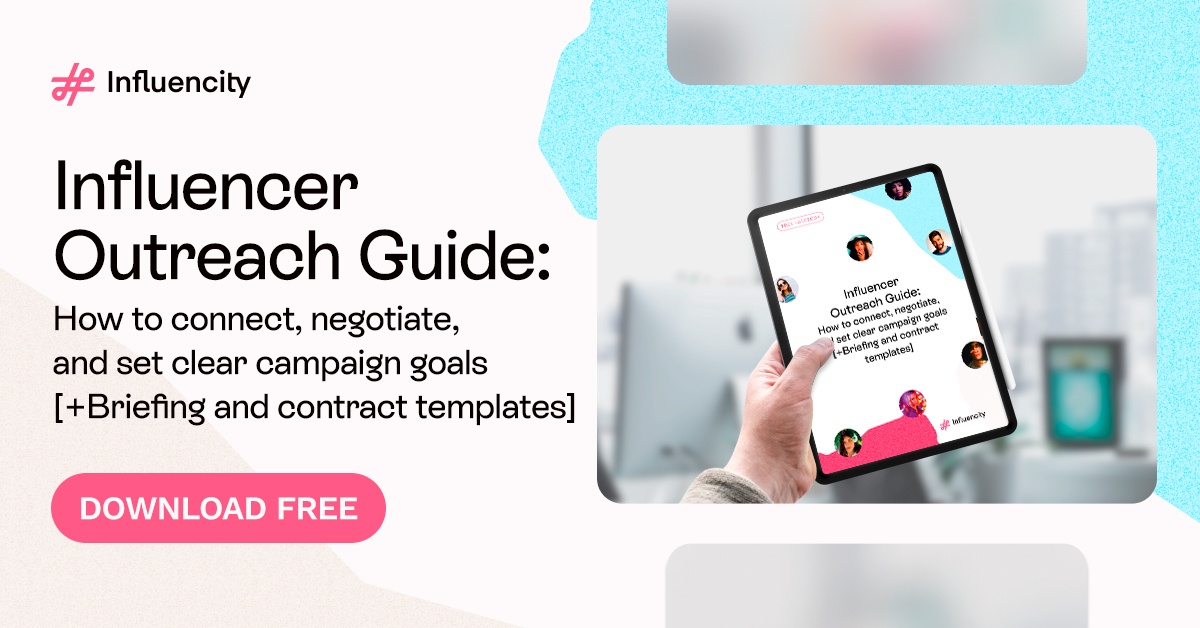








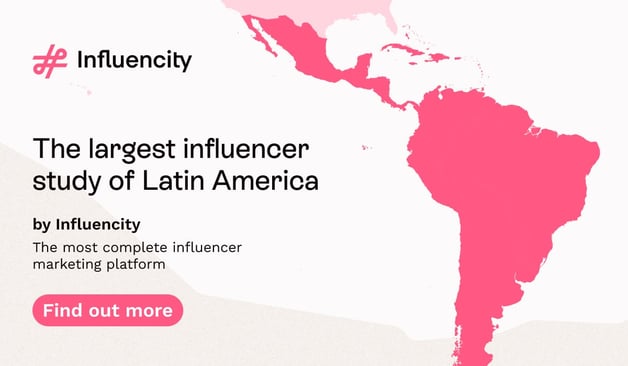


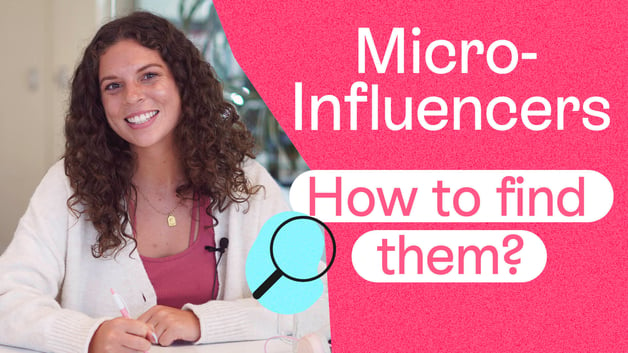


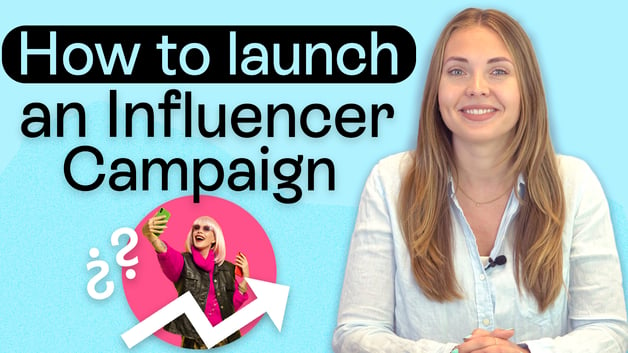



%20and%20How%20Can%20They%20Benefit%20Your%20Brand%20article.jpg?length=628&name=What%20Are%20Key%20Opinion%20Leaders%20(KOL)%20and%20How%20Can%20They%20Benefit%20Your%20Brand%20article.jpg)

